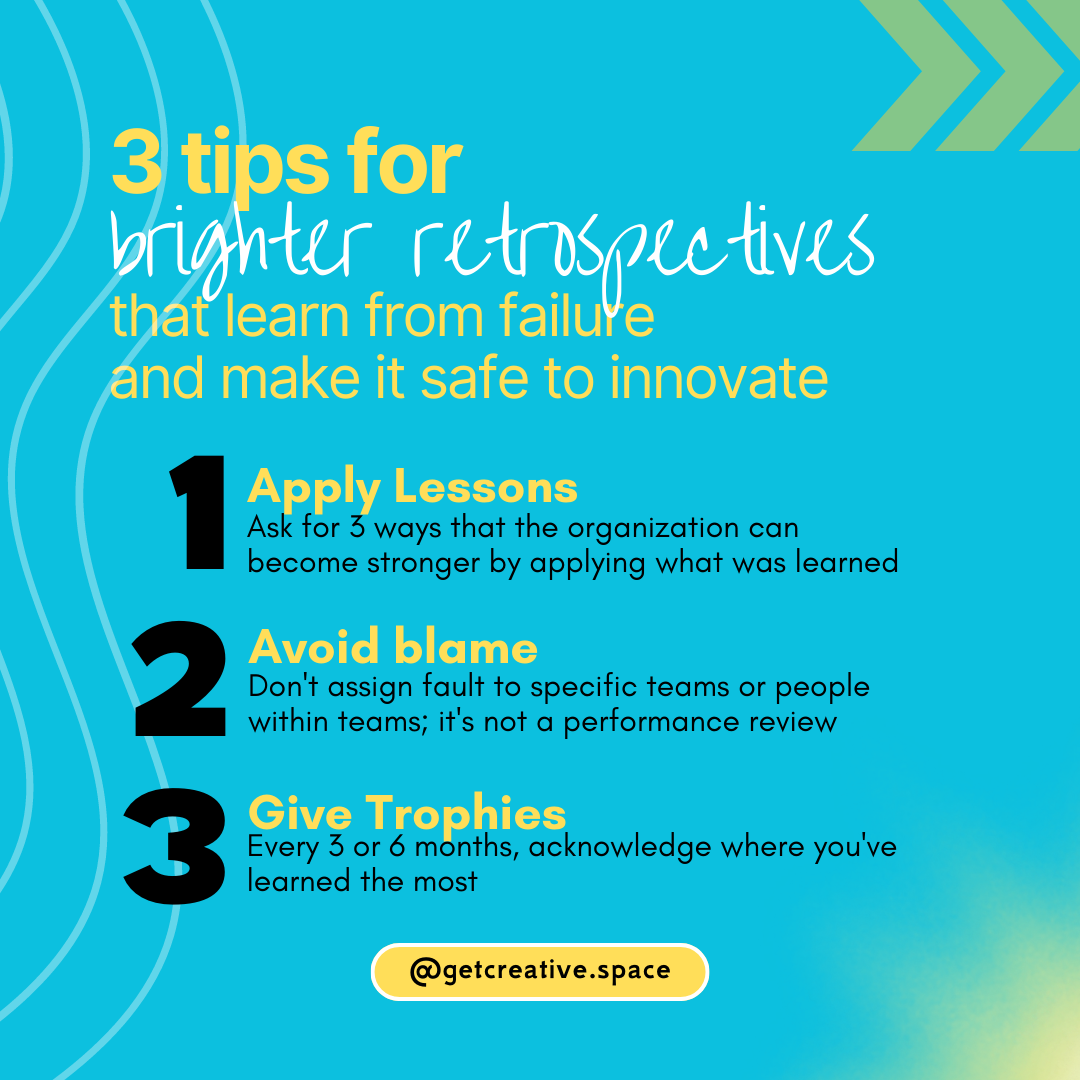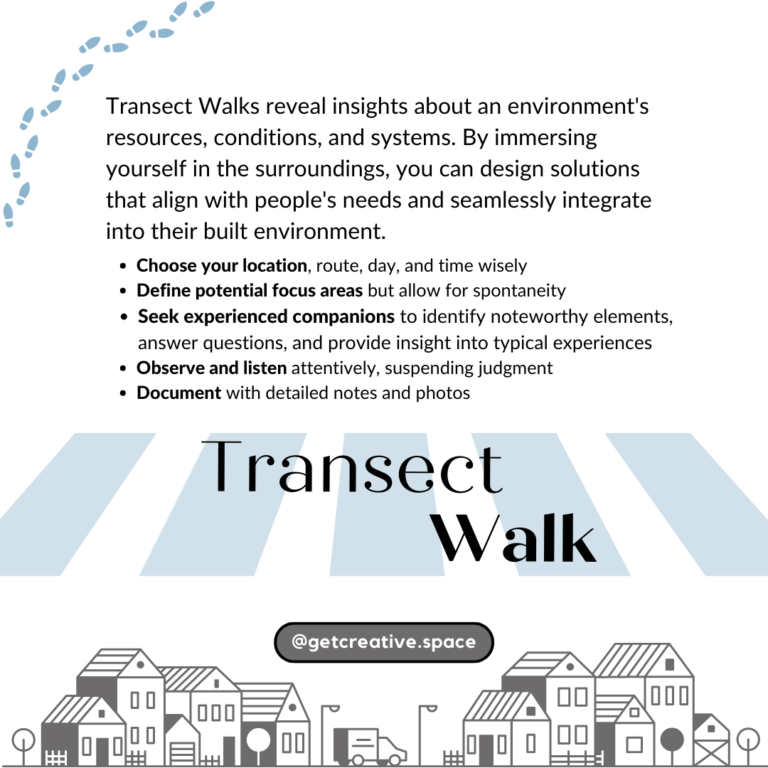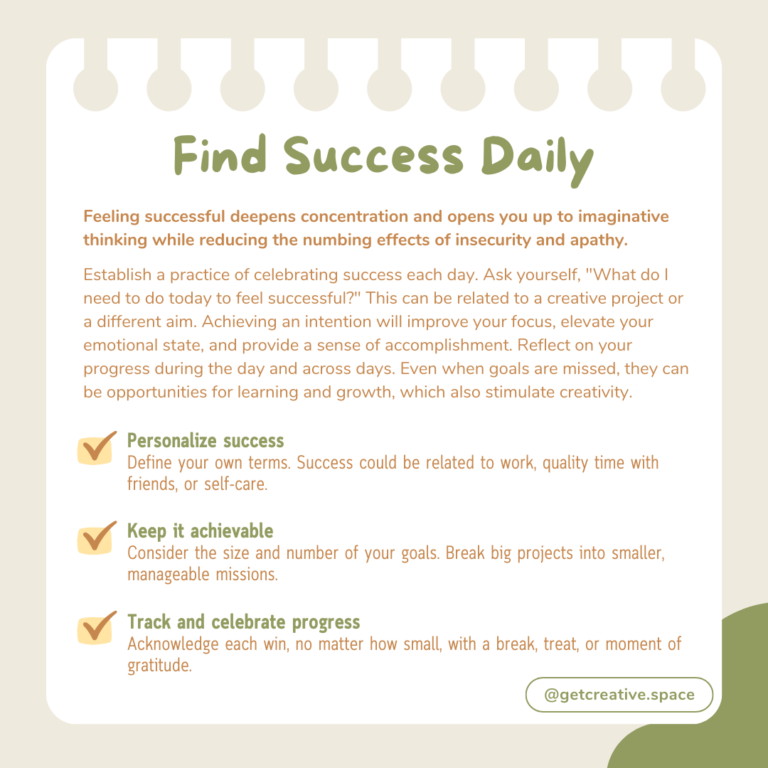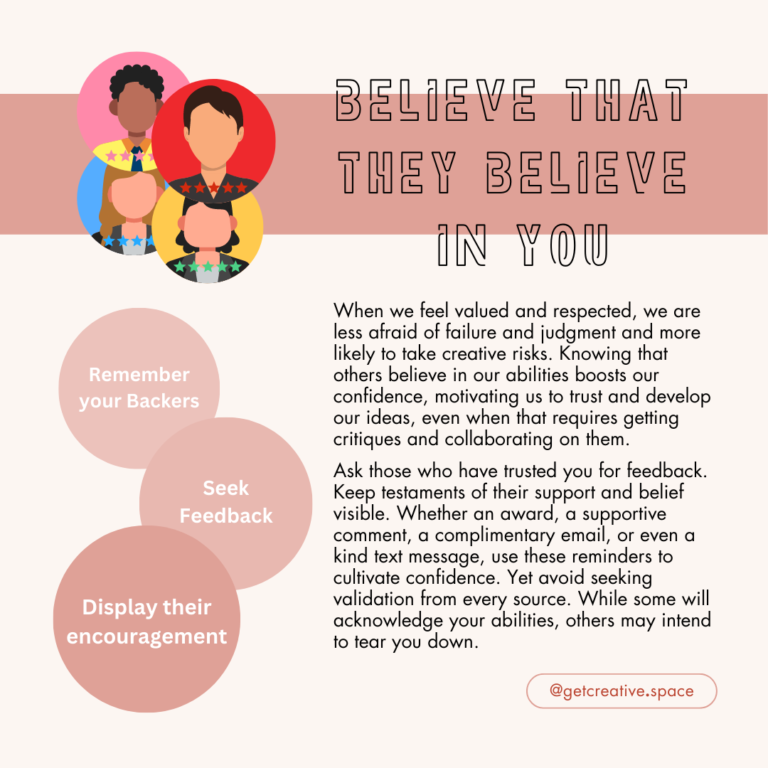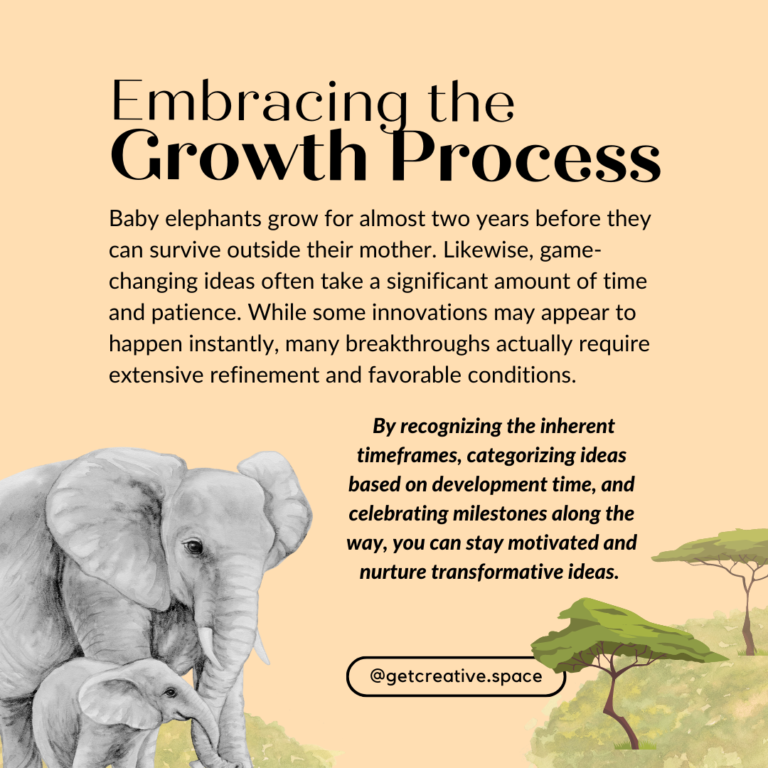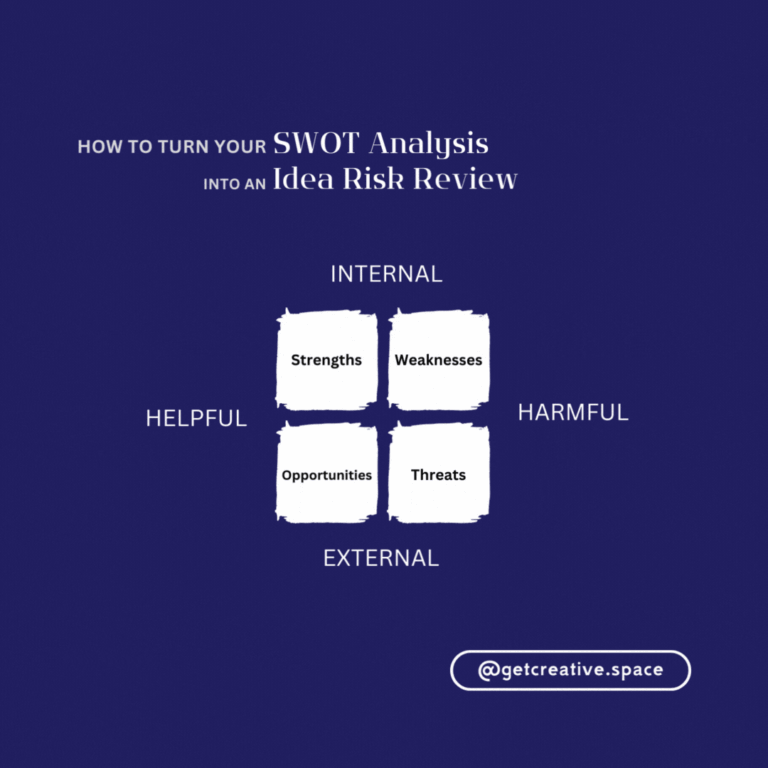3 tips for brighter retrospectives that learn from failure and make it safe to innovate
During “retrospectives” (aka “postmortems” when at the end of a project ), team members discuss what they feel went well and what could have gone better. Looking back at a project or program’s history is vital to understand the factors that played into its successes and failures. When conducting retrospectives, it’s important to create a safe environment that reaffirms the organization’s commitment to “fail forward” — to learn from moments that look like mistakes. How your organization responds to failure or opportunities for improvement will encourage or hibernate future creativity and experimentation. Here are three ways to strengthen a culture of creativity during retrospectives:
- Apply Lessons
Ask for 3 ways that the organization can become stronger by applying what was learned - Avoid blame
Don’t assign fault to specific teams or people within teams; it’s not a performance review - Give Trophies
Every 3 or 6 months, acknowledge where you’ve learned the most
By implementing these tips, you can create a positive and constructive retrospective environment that enables your team to learn from failure, foster innovation, and continuously improve. Remember, the focus should be on learning, growth, and creating a culture that supports experimentation and the pursuit of new solutions.

